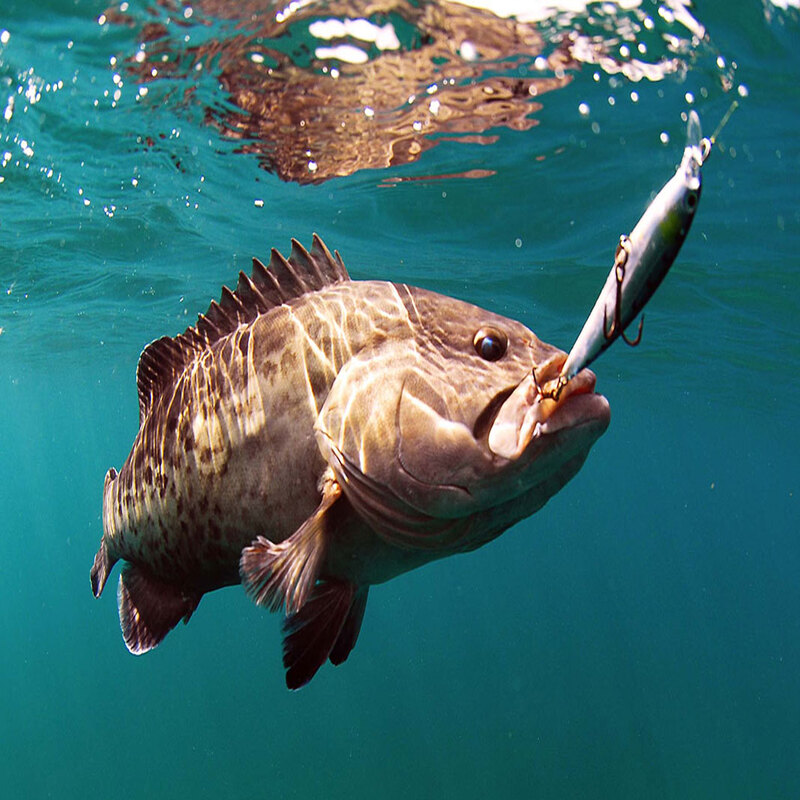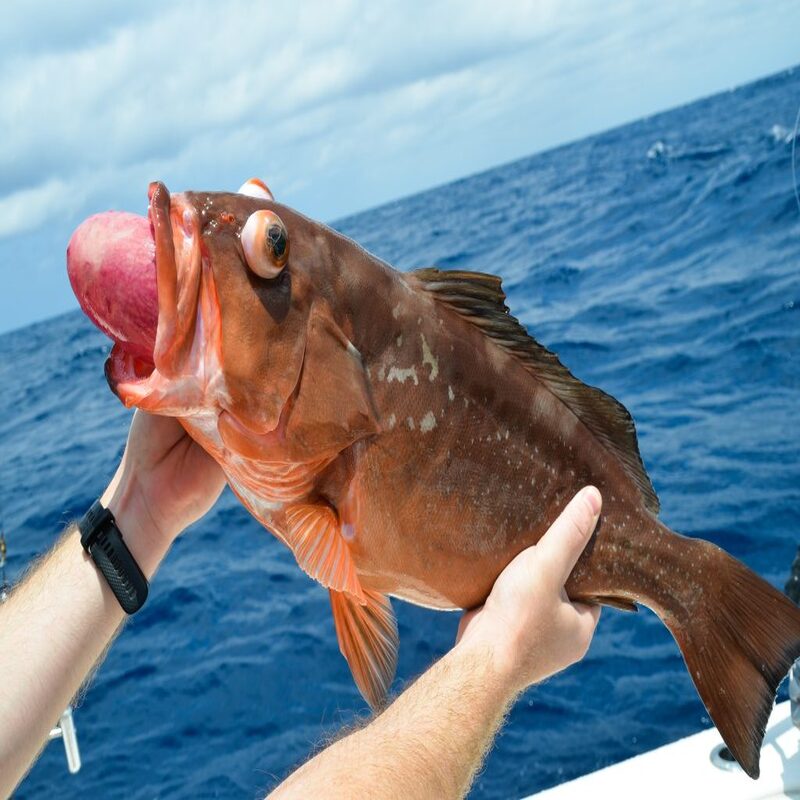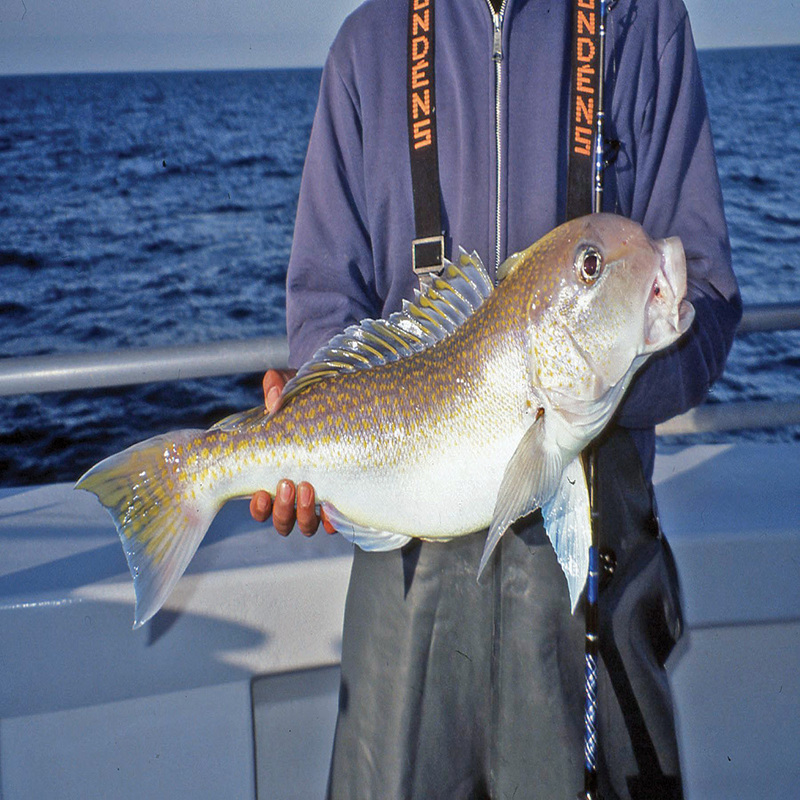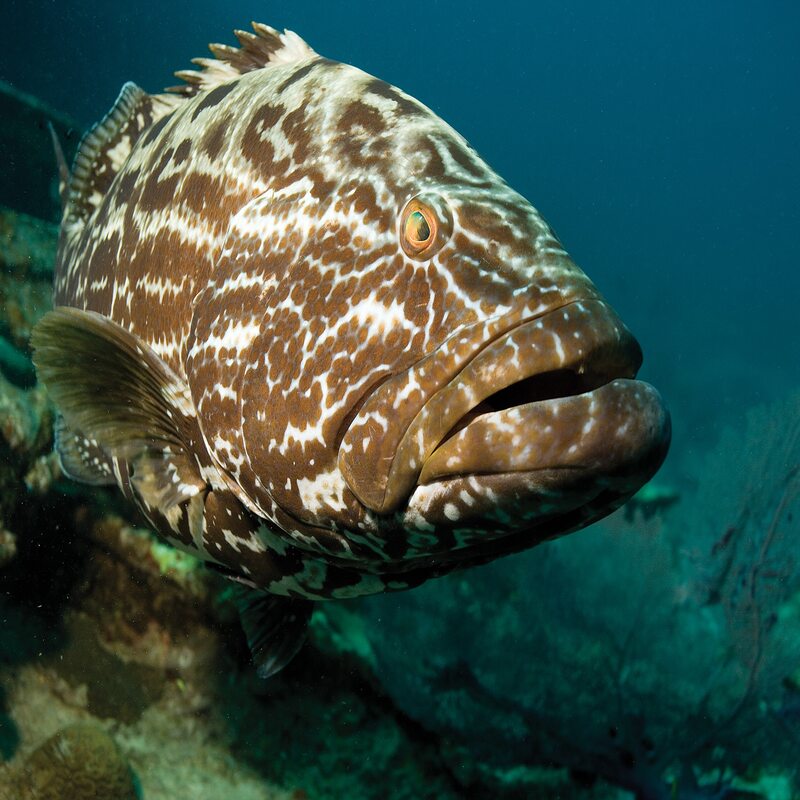Bottom fishing is a popular angling method that targets fish species dwelling near the ocean, lake, or riverbed. This technique involves using weighted rigs to present baits on or near the bottom, where certain fish species are known to feed. Therefore, understanding the essential techniques, gear, and environmental impact is crucial for both novice and experienced anglers. This comprehensive guide explores the fundamentals of bottom fishing, its benefits, and important considerations. By following these insights, you can maximize your success and ensure sustainable practices when engaging in bottom fishing.
Techniques for Effective Bottom Fishing
Mastering effective bottom techniques significantly enhances your chances of landing desirable catches. Therefore, exploring these strategies provides valuable skills for successful bottom fishing.
Choosing the Right Location
Selecting the right fishing location is critical for bottom fishing success. Bottom-dwelling species favor habitats with structures such as rocks, reefs, wrecks, and ledges, as these areas provide shelter and abundant food sources. Conduct thorough research or consult charts to identify promising spots. Using fish finders or sonar can also help detect underwater structures and fish activity. Tidal movements, water depth, and substrate type are additional factors to consider when selecting a location. Therefore, recognizing the importance of location choice ensures productive bottom fishing expeditions.
Rigging and Baiting
Proper rigging and baiting techniques are essential for attracting bottom-dwelling fish. Common rigs include the Carolina rig, the drop shot rig, and the three-way rig, each designed for specific conditions and target species. Use live or cut baits such as squid, shrimp, anchovies, or clams, which are highly effective for bottom fishing. Ensure the bait is securely attached to the hook to prevent it from being lost in strong currents. Experimenting with different rigs and baits allows you to determine the most effective combinations. Therefore, understanding rigging and baiting techniques enhances your effectiveness in bottom fishing.

Benefits of Bottom Fishing
Bottom fishing offers numerous benefits that make it a preferred method for many anglers. Therefore, exploring these advantages highlights the value of this angling technique.
Targeting Diverse Species
One of the primary benefits of bottom fishing is the ability to target a wide variety of species. Popular bottom-dwelling fish include grouper, snapper, flounder, halibut, and cod, among others. By fishing near the bottom, anglers can access a diverse range of fish that may be challenging to catch with other techniques. This diversity enhances the excitement and reward of expeditions. Whether in saltwater or freshwater, bottom fishing offers opportunities to catch unique and desirable species. Therefore, recognizing the benefit of targeting diverse species underscores the appeal of bottom fishing.
Accessibility and Versatility
Bottom fishing is accessible and versatile, accommodating anglers of different skill levels and environments. Whether fish from a boat, pier, or shoreline, bottom fishing techniques can be adapted to various settings. This versatility allows anglers to enjoy bottom fishing in both coastal and inland waters. Additionally, bottom fishing does not require highly specialized equipment, making it a cost-effective option for many anglers. The adaptable nature of bottom fish ensures enjoyable and successful outings across diverse environments. Therefore, understanding the accessibility and versatility of bottom fishing enhances its appeal and practicality.
Essential Gear for Bottom Fishing
Using the right gear is crucial for successful bottom fishing. Therefore, exploring essential equipment ensures optimal performance and enjoyment.
Rods and Reels
Selecting appropriate rods and reels is fundamental for bottom fish. Medium to heavy-action rods provide the strength needed to handle larger bottom-dwelling species. Conventional or baitcasting reels are commonly used due to their durability and line capacity. Consider the environment and target species when choosing your rod and reel setup. For deep-sea bottom fishing, longer rods and high-capacity reels are advisable, while shorter rods are suitable for inshore or freshwater fishing. Therefore, understanding the importance of the right rod and reel combination enhances your experience.
Terminal Tackle
Terminal tackle refers to the essential components attached to the end of your line, including hooks, weights, and swivels. Strong, corrosion-resistant hooks of various sizes accommodate different baits and target species. Weights, such as egg sinkers or pyramid sinkers, ensure the bait reaches the bottom and remains there despite currents. Swivels prevent line twist and allow for better rigging versatility. Using quality terminal tackle enhances your bottom fishing setup and increases your chances of successful catches. Therefore, recognizing the significance of terminal tackle ensures a well-equipped and efficient bottom fishing approach.

Environmental Considerations
Practicing responsible and sustainable bottom fishing ensures the conservation of marine ecosystems. Therefore, understanding environmental considerations promotes ethical angling practices.
Minimizing Habitat Disruption
Minimizing habitat disruption is crucial for preserving underwater ecosystems. Avoid dragging rigs or anchors through sensitive habitats like coral reefs or seagrass beds, as this can cause significant damage. Use anchor methods that minimize bottom contact, and consider using rod holders rather than letting lines drag along the seafloor. Practicing mindful techniques helps protect the habitats where bottom-dwelling species thrive. By minimizing habitat disruption, anglers contribute to the sustainability and health of marine ecosystems. Therefore, understanding the importance of careful techniques fosters responsible bottom fishing practices.
Catch and Release Ethics
Practicing catch and release ethics is essential for sustaining fish populations. Use barbless hooks or circle hooks to minimize injury to the fish. Handle fish with wet hands or a wet towel to protect their slime coat and reduce stress. Release fish promptly and gently, ensuring they are fully revived before letting them swim away. These practices help preserve fish populations and support healthy ecosystems. By embracing catch and release ethics, anglers demonstrate their commitment to conservation. Therefore, recognizing the importance of ethical handling and release enhances the sustainability of bottom fishing.
Common Challenges in Bottom Fishing
Addressing common challenges in bottom fishing improves your skills and overall success. Therefore, exploring these challenges and solutions ensures a better angling experience.
Snags and Breakoffs
Snags and breakoffs are frequent challenges in bottom fishing, often caused by underwater structures and debris. To minimize snags, use rigs designed to reduce bottom contact, such as the Carolina rig. Consider using stronger lines with higher abrasion resistance to withstand contact with rocks or shells. Employing leaders with higher pound test ratings reduces the likelihood of breakoffs. Additionally, learning to feel the difference between a snag and a fish bite through the rod can enhance your reaction time. Therefore, understanding how to address snags and breakoffs ensures a more efficient and enjoyable experience.

Current and Tides
Dealing with currents and tides requires strategic planning and adaptability. Monitor tide charts and fish during periods of slower tidal movement, such as slack tide, when currents are less intense. Adjust your rig weight and bait presentation based on current strength to keep your bait in the strike zone. Positioning yourself up-current and allowing the bait to drift naturally can increase bites. Observing and adapting to tidal movements can significantly improve your bottom fish success. Therefore, recognizing the influence of currents and tides enhances your strategic approach to bottom fishing.
Conclusion
Understanding bottom fishing involves exploring techniques, benefits, gear, and environmental considerations. Proper knowledge enhances your experience and ensures sustainable practices.
Exploring elements like location choice, rigging, and the advantages of targeting diverse species provides valuable insights. Recognizing the importance of rods, reels, terminal tackle, and ethical practices further enriches your understanding.
By engaging with tips for addressing common challenges and improving your skills, you can maximize your success and enjoyment in bottom fishing. Therefore, whether you are a novice or experienced angler, understanding these techniques offers practical and valuable insights. Embrace the opportunity to explore the depths with bottom fishing, knowing you have the knowledge and resources to thrive and contribute to responsible angling!
